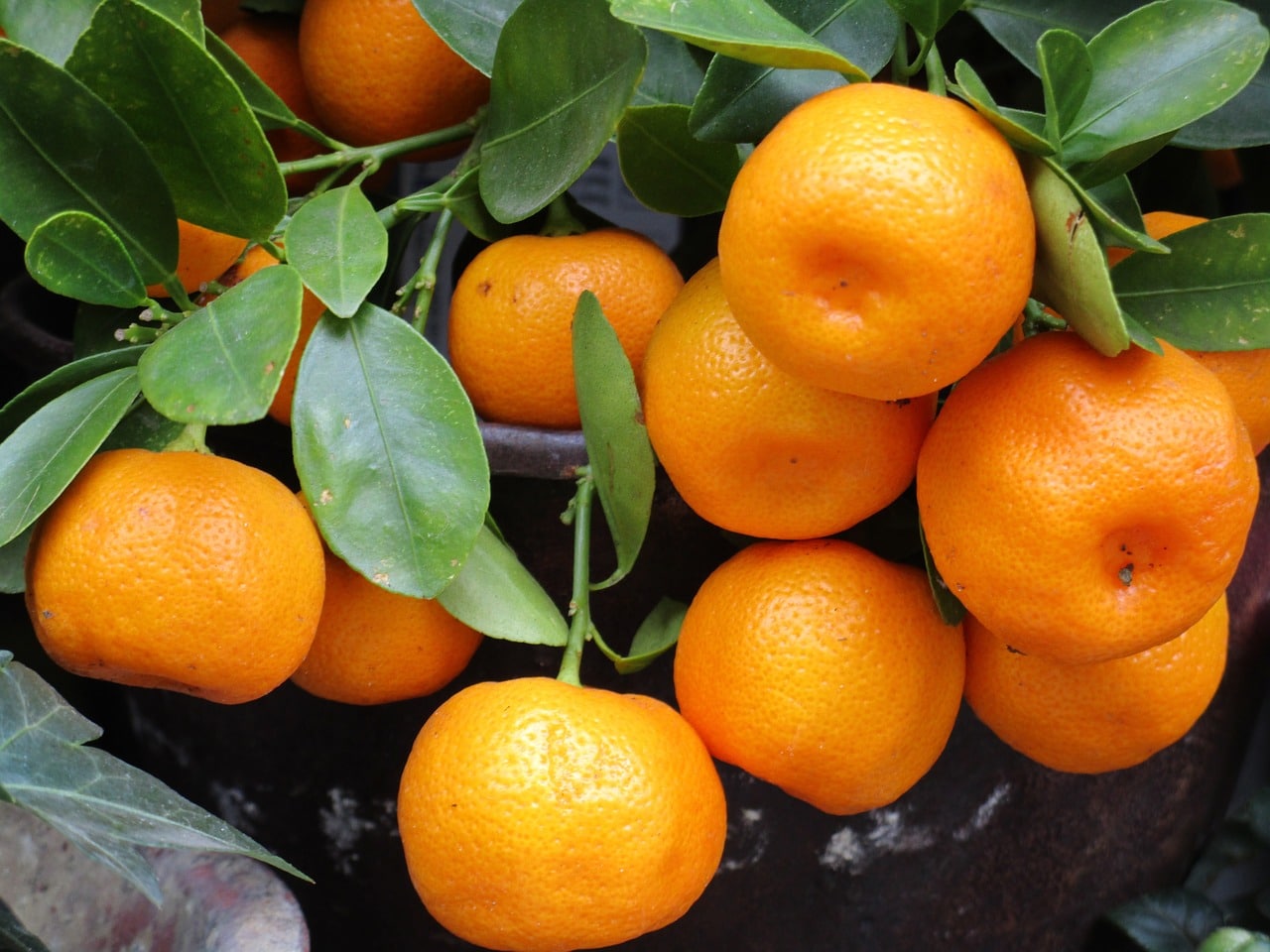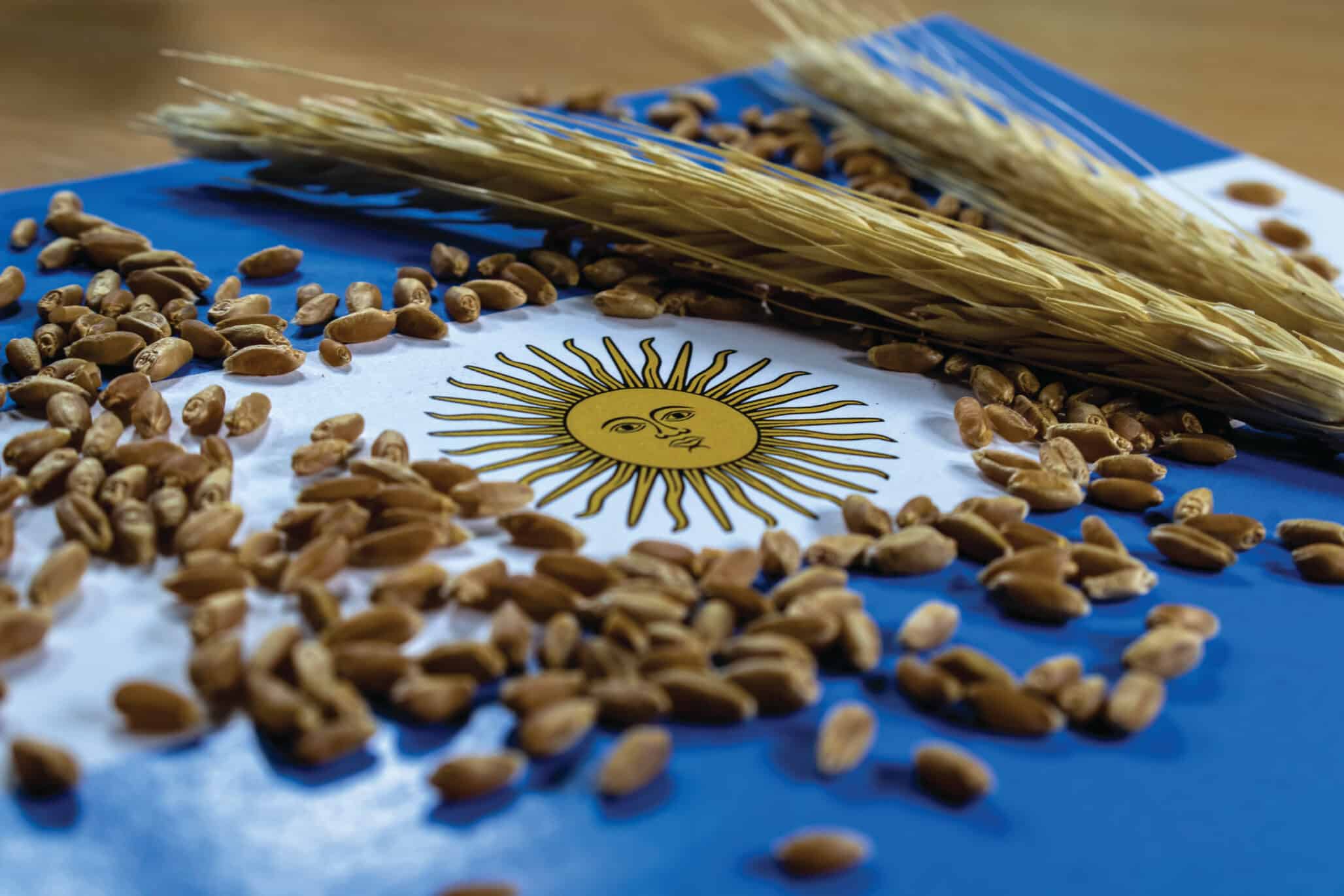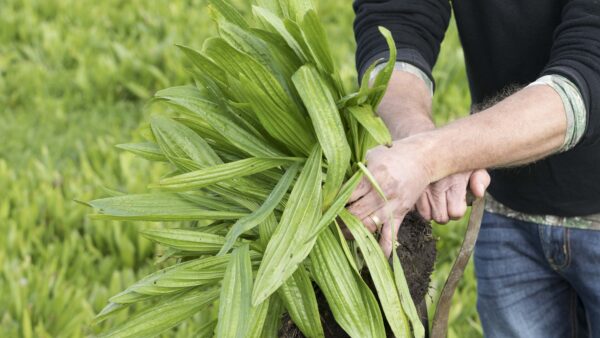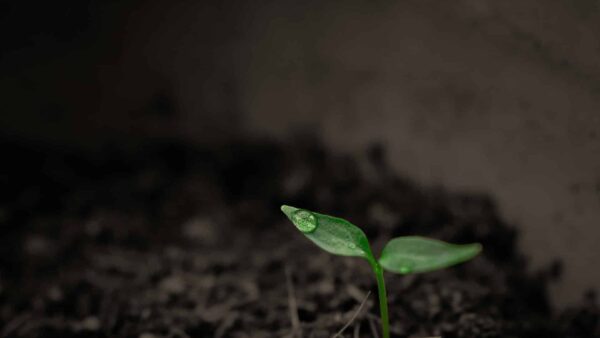Seed World Europe wishes you happy holidays. And while you’re having a great time with your families and friends over the holidays, there may be moments, you’d like to take a break and escape with a bit of good reading. Check out our daily postings of content from the past year.
In December of 2019, the European Court of Justice made a controversial ruling that exposed loopholes in the provisional protection and the protection of harvested material under the UPOV Plant Variety Protection (PVR) System. That ruling, called the Nadorcott case because it dealt with the Nadorcott variety of mandarin oranges, has had an adverse impact on the general interpretation of the protection of harvested material of protected fruit and flower varieties in the European Union and, more broadly, in all UPOV Member States. Read in this article by Huib Ghijsen why the Court took the wrong decision.
In December of 2019, the European Court of Justice made a controversial ruling that exposed loopholes in the provisional protection and the protection of harvested material under the UPOV Plant Variety Protection (PVR) System.
That ruling, called the Nadorcott case because it dealt with the Nadorcott variety of mandarin oranges, has had an adverse impact on the general interpretation of the protection of harvested material of protected fruit and flower varieties in the European Union and, more broadly, in all UPOV Member States. Here is why:
In 1988, plant breeder El Bachir Nadori from the Institut National de la Recherche Agronomique (INRA) in Morocco developed the first mandarin variety without seeds, a significant characteristic for the crop. Consequently, the breeder in 1995 sought protection for the new variety, which he named ‘Nadorcott’, under the EU Regulation EC/2100/94 for Community Plant Variety Rights (PVR).
During the extensive nine-year testing period for the PVR requirements between Nadorcott’s variety application and granting, numerous Spanish growers seized the opportunity to produce and harvest the valuable mandarins without paying any license fees to the breeder. This led to a series of legal cases, ultimately resulting in the preliminary ruling by the Court of Justice of the European Union (CJEU) in December 2019.
The CJEU’s decision holds significance for interpreting the Regulation and the UPOV Convention, specifically concerning the scope of protection during the period between PVR application and grant as well as for the subsequent period. Moreover, its relevance goes beyond the provision for provisional protection, as it also has an effect on the possibility to act against harvested material exported from a territory where that variety is not protected into a territory where that variety has protection in place.
The History of the UPOV Convention 1991
To comprehend the structure and scope of protection within the UPOV Convention and the Regulation, it is crucial to delve into its development. The Convention was adopted in Paris in 1961, then revised in 1972, 1978 and finally again in 1991, with contributions from its Member States, breeder organizations, and other intellectual property entities. (The preparatory papers, containing discussions and text proposals, are readily accessible on the UPOV website.)
The Extension of the Scope of Protection
A primary objective of the 1991 Convention was to broaden the scope of Plant Variety Rights (PVR) to encompass the harvested material of a protected variety. This was especially important for ornamental and fruit species where the flowers and fruits are harvested from vegetatively produced propagating material, such as trees and bushes that can be harvested for many years. As these harvested products could not be protected under UPOV 1978, there was a necessity to reconsider protection to include them.
The Evolution of the Cascade Provision
During discussions in the UPOV Administrative and Juridical Committee (CAJ) in October 1989, it became clear that the extension of the scope of protection to harvested material was, at least to some of the UPOV Member States, only acceptable on the condition that the owner of the protected variety be compelled to exercise their breeders’ rights first on the propagating material. By including the caveat that a breeder could only exercise the right on the harvested material if he or she did not have reasonable opportunity to do so on the propagating material, it effectively broadened the scope of the protection to trees and other vegetatively propagated plants without changing breeders’ rights on seed-propagated crops. This led to the proposal of the so-called “cascade” provision:
“(2) Where the owner of the breeders’ right is unable to exercise his rights in accordance with paragraph (l)(ii), his right shall extend to the harvested material of the variety. (….)”
This proposal underwent discussions in multiple UPOV CAJ meetings and consultations with breeder’s organizations.
Although the final text of the cascade provision, decided upon by the UPOV Diplomatic Conference in March 1991, differs significantly from the first proposal, it is obvious that the cascade applies exclusively to the protected variety. Article 14(2) of UPOV 1991 specifies that propagating material from a protected variety is used to produce harvested material.
Provisional Protection
Every new variety must undergo testing for Distinctness, Uniformity and Stability (DUS) to qualify for protection. This is a process that may take one to six years, depending on the crop. Therefore, it was decided in the first UPOV Convention of 1961 to provide an optional ‘provisional’ protection between the application date and the grant of protection. The UPOV 1991 Convention obliges its members to safeguard the interests of the breeder during this period by providing measures that shall at least be the right to a reasonable compensation for any acts executed with the variety that would need the authorization of the holder after the granting of the PVR. Note: this provision does not protect the variety during the testing period but offers only financial compensation after the PVR has been granted.
(The EU Regulation 2100/94 differs from the UPOV 1991 Convention that instead of the term “propagation material”, it uses the term “variety constituents”, referring to parts of plants capable of reproducing the variety.)
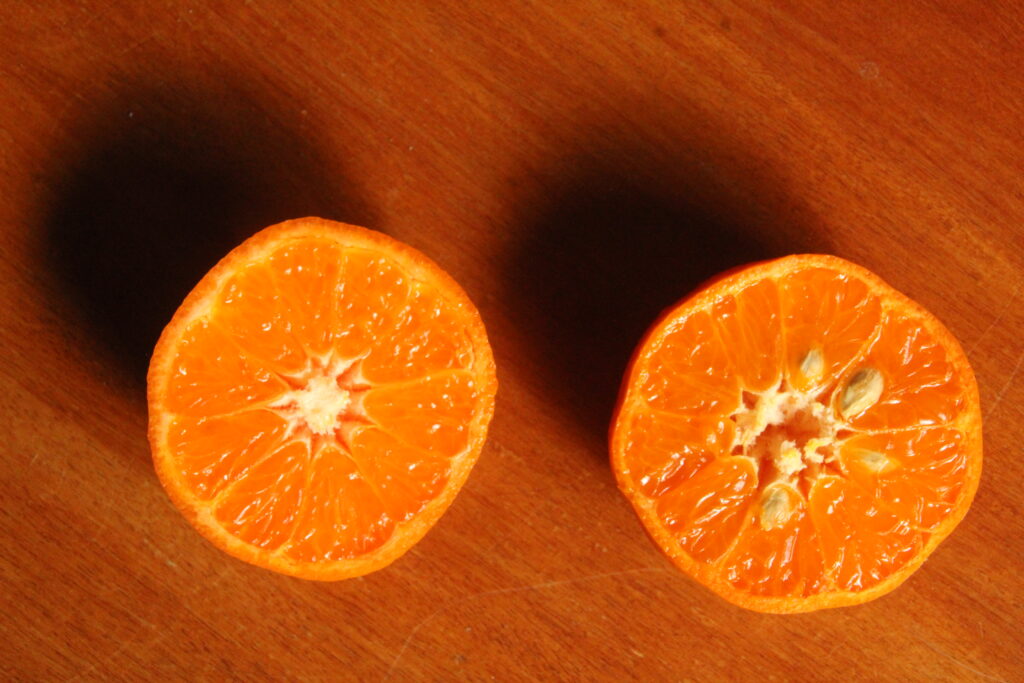
The Nadorcott Case
Key Events
After nine years of testing, the PVR protection for the Nadorcott mandarin variety was granted in 2004. The extended testing period resulted from technical requirements and a hailstorm that damaged the trials.
During this long testing period, the still unprotected Nadorcott variety was adopted widely by growers to produce seedless mandarins inexpensively, without paying fees.
After the granting of the right, one of these growers, Martinez Sanchis, was summoned to court for infringement by the Club de Variedades Vegetales Protegidas (CVVP), which represented the variety holder, Nadorcott Protection (NCP). After two negative court decisions for CVVP, the case was elevated to the Spanish Supreme Court.
Preliminary Questions to the Court of Justice of the European Union (CJEU)
The Spanish Supreme Court posed three preliminary questions to the CJEU:
- The first question concerned whether the purchase and planting of Nadorcott trees infringed on the exclusive right of CVVP on the production of propagating material, as per article 13(2) of the Regulation.
- The second question pertained to whether article 13(2) covers the harvest itself or the collection of the harvest and the subsequent storage or marketing of that harvested material.
In paragraph 20 of its judgment, the Court concluded that the purchase and planting of variety constituents does not infringe on article 13(2). The Court argues that these acts are not mentioned in article 13(2), and the mandarins produced are not considered variety constituents.
In paragraph 24, the Court emphasized that the Regulation provides “primary” protection for the production or reproduction of variety constituents, while “secondary” protection for harvested material is limited by conditions in paragraph 3 of that article.
The Court’s response to the first and second questions in paragraph 39 of the judgment was grounded on this matter:
“39. In the light of all of the foregoing, the answer to the first and second questions is that Article 13(2)(a) and (3) of Regulation No 2100/94 must be interpreted as meaning that the activity of planting a protected variety and harvesting the fruit thereof, which is not liable to be used as propagating material, requires the authorization of the holder of the Community plant variety right relating to that plant variety where the conditions laid down in Article 13(3) of that regulation are fulfilled.”
So, the protection of the harvested material depends on the requirements of article 13(3):
Non-authorized use of the constituents and no reasonable opportunity to exercise the PVR on these constituents.
- The third question to the Court inquired whether, according to Article 13(3) to fulfil the condition that the variety constituents were used unauthorized, it is required that the harvested material was produced by the trees purchased before the grant — during the period of provisional protection — or after the grant of the PVR.
In its response to the third question, the Court stated that the fruits from the trees planted before the granting of the PVR, but harvested after its granting, were not protected because the constituents of the variety were not used unauthorized:
“44. It follows that, as regards the period of protection referred to in Article 95 of Regulation No 2100/94, the holder of the Community plant variety right may not prohibit performance of any of the acts referred to in Article 13(2) of that regulation on the ground that he or she did not provide authorisation. Therefore, performance of such acts does not establish ‘unauthorised use’ within the meaning of Article 13(3) of that regulation.
“45. In the present case, it follows from the foregoing that, in so far as the propagation and sale to Mr. Martínez Sanchís of plants of the protected variety at issue in the main proceedings was effected during the period referred to in Article 95 of Regulation No 2100/94, those acts may not be regarded as ‘unauthorised use’.
“46. Thus, fruit obtained from those plants may not be regarded as having been obtained through unauthorised use within the meaning of Article 13(3) of that regulation, even if harvested after the Community plant variety right was granted. (…).”
The Court concluded that, as the acts performed by Sanchis – the planting of Nadorcott trees and the production of mandarins – were performed during the provisional protection, they could not be prohibited and were therefore not unauthorized.
Comments on the Judgment
The reasoning of the Court makes it clear that the distinction between the protection of propagating and harvested material was considered by the Court contrary to the original intention of the drafters of the UPOV 1991 Convention. Rather than seeing the ‘cascade,’ proposed to force the breeder to exercise his/her right first on the propagating material, as a step-by-step process designed to deliver protection to a broader range of crops, the Court viewed it as a two-tiered system: a dominant primary level and a secondary, more inferior level. It is evident that the Court, in interpreting this crucial issue, did not delve into and consider the history of the development of the cascade.
The Court incorrectly considered article 95 as “a period of protection”. The ‘provisional protection’ is not a PVR but merely a temporal measure that can only be exercised after the grant of that PVR. Consequently, the cascade as formulated in article 13(3) does not apply. Article 13 states:
“The provisions of paragraph 2 shall apply in respect of harvested material only if this was obtained through the unauthorized use of variety constituents of the protected variety.”
It is obvious and self-evident that, during the period of provisional protection, the owner of the variety cannot authorize any of the acts as mentioned in Article 13. Moreover, the “cascade,” as shown hereabove, was introduced for the reason that the holder should first exercise his existing right on the propagating material of the protected variety, and if he had no reasonable opportunity to do so, he may exercise his right on the harvested material. This rule can only be applied on a protected variety. Such has always been the intention, as shown in the preparatory papers of the UPOV Convention and the discussions during the Diplomatic Conference.
Therefore, the conclusion of the Court, stating that, “fruit obtained from those plants may not be regarded as having been obtained through unauthorised use within the meaning of Article 13(3) of that regulation, even if harvested after the Community plant variety right was granted”, does not hold.
Based on paragraph 2(a) of article 13, the use of the mandarin trees produced and sold before the grant of PVR becomes, after the granting of the PVR, an unauthorized use of these, now protected variety constituents, as “the holder has had no reasonable opportunity to exercise his right in relation to the said variety constituents”.
The correct answer on the third question should therefore be:
Article 13(3) of Regulation No 2100/94 must be interpreted as meaning that the fruit of a plant variety, which is not likely to be used as propagating material, may not must, after the grant of the Community plant variety right, be regarded as having been obtained through the ‘unauthorised use of variety constituents’ of that plant variety, within the meaning of that provision, even where those variety constituents were propagated and sold to a farmer by a nursery in the period between the publication of the application for a Community plant variety right in relation to that plant variety and the grant thereof. (….).
As the Court’s judgment cannot be reversed, it is therefore very important for the UPOV Member States to work on a correct interpretation of the cascade, which is still continuing in the UPOV working group for the “Explanatory Notes on Harvested Material”.
The link to the full article: https://aiph.org/nadorcott-case-reconsidered/
Editors Note: Huib Ghijsen is retired plant breeder and legal expert.
Read More:
Nadorcott Case Should Prompt UPOV to Improve PVR System


